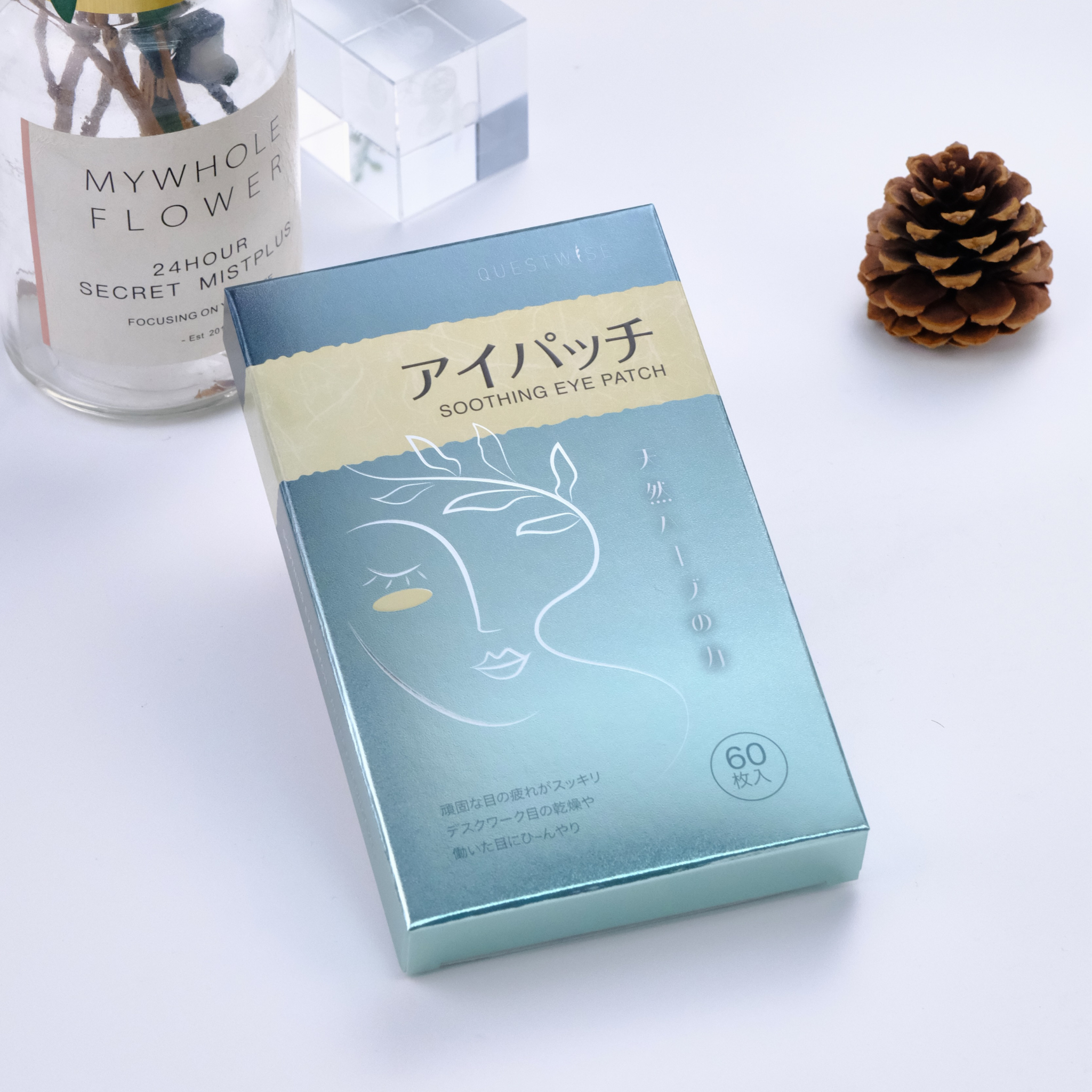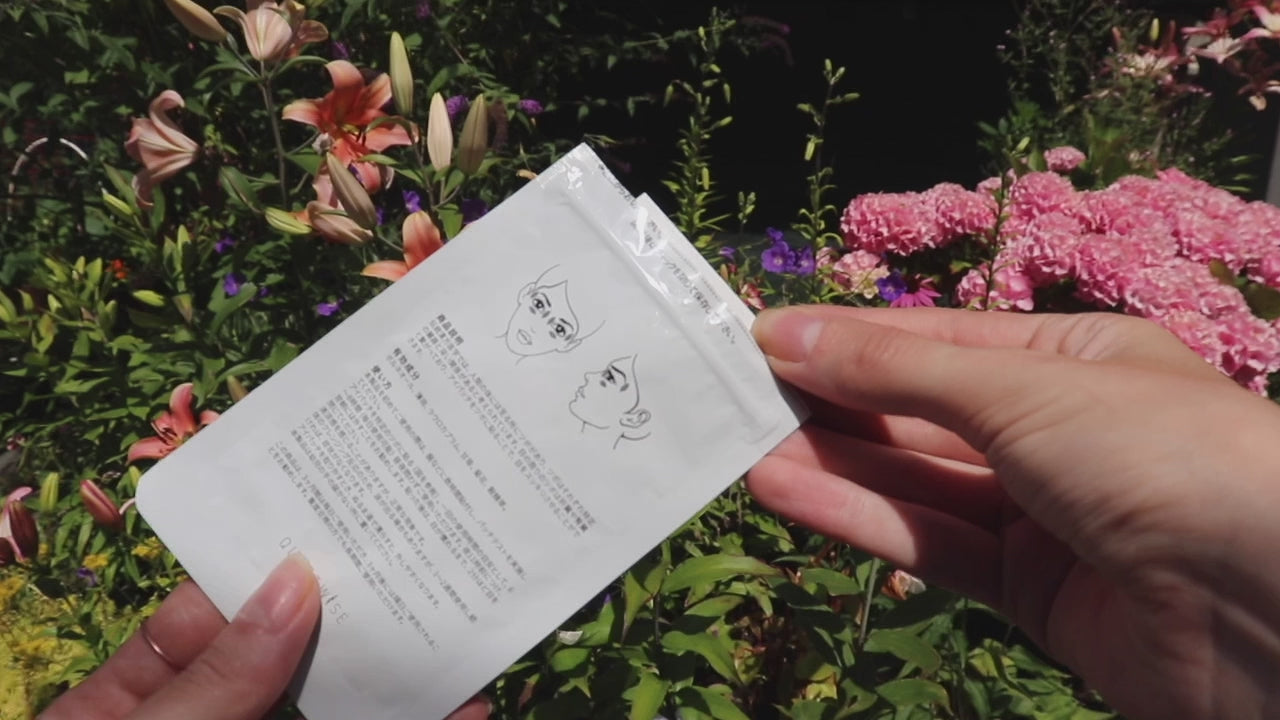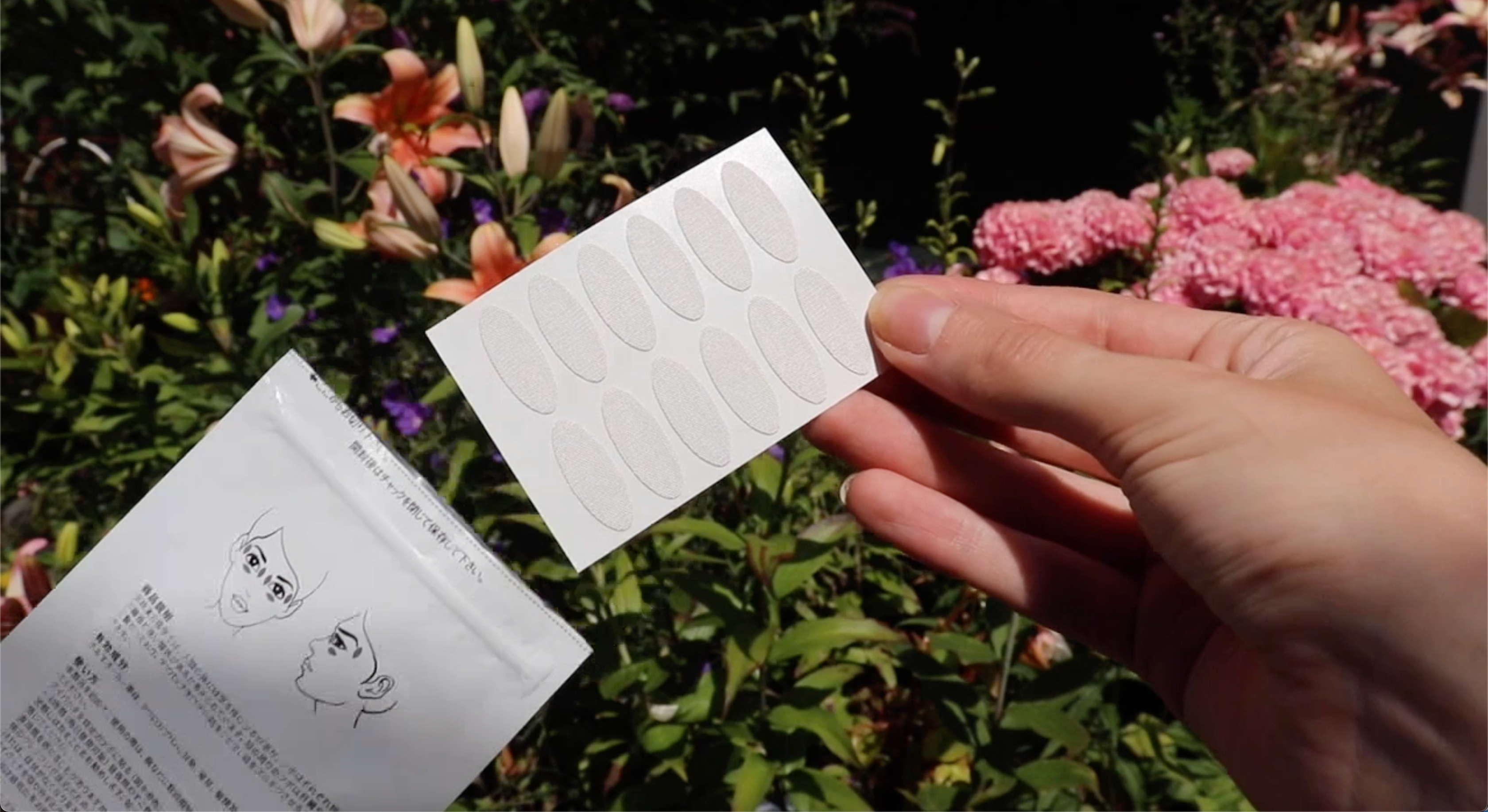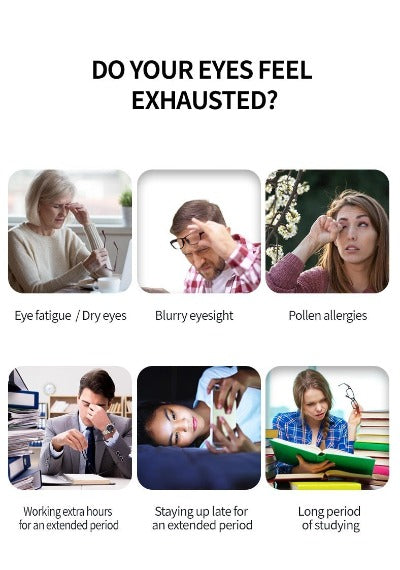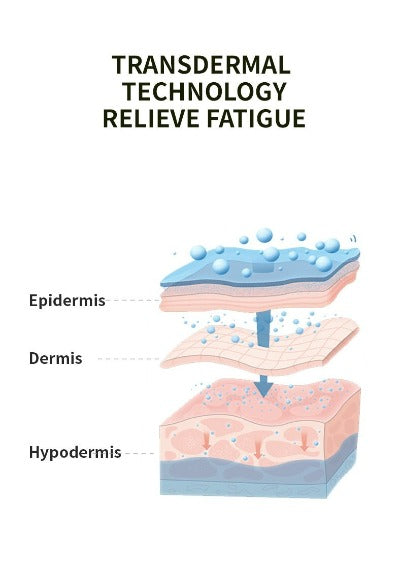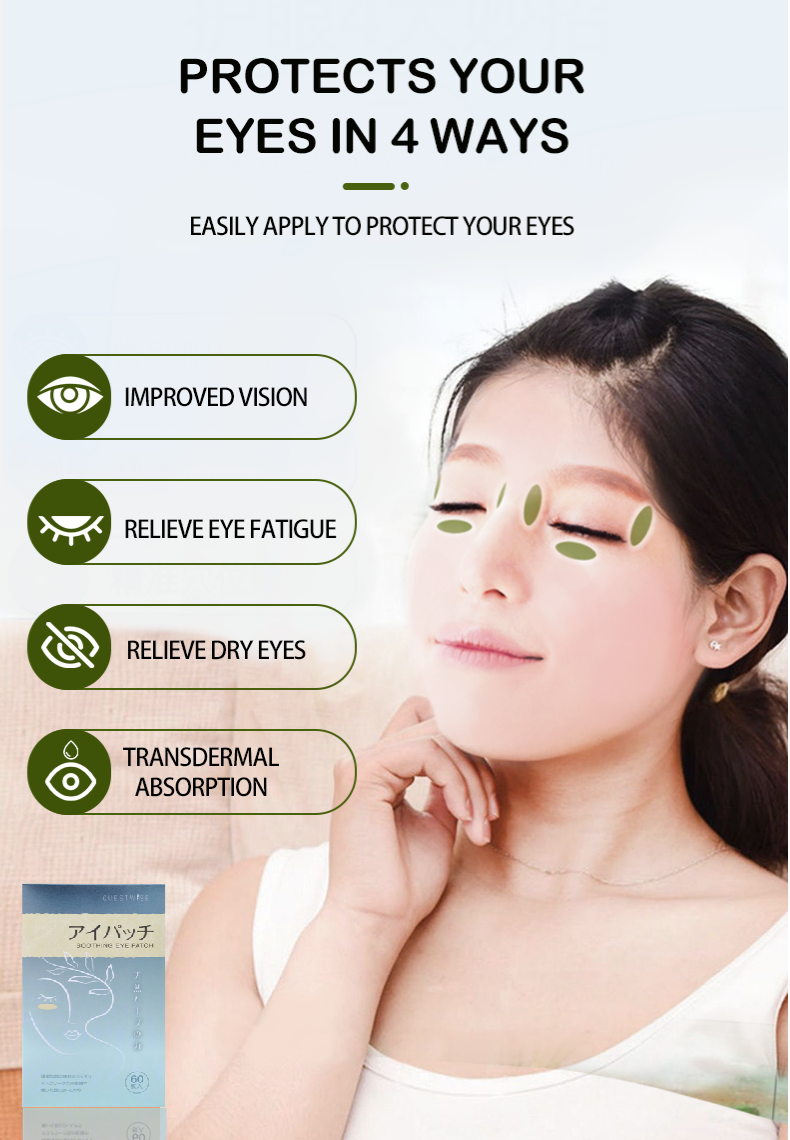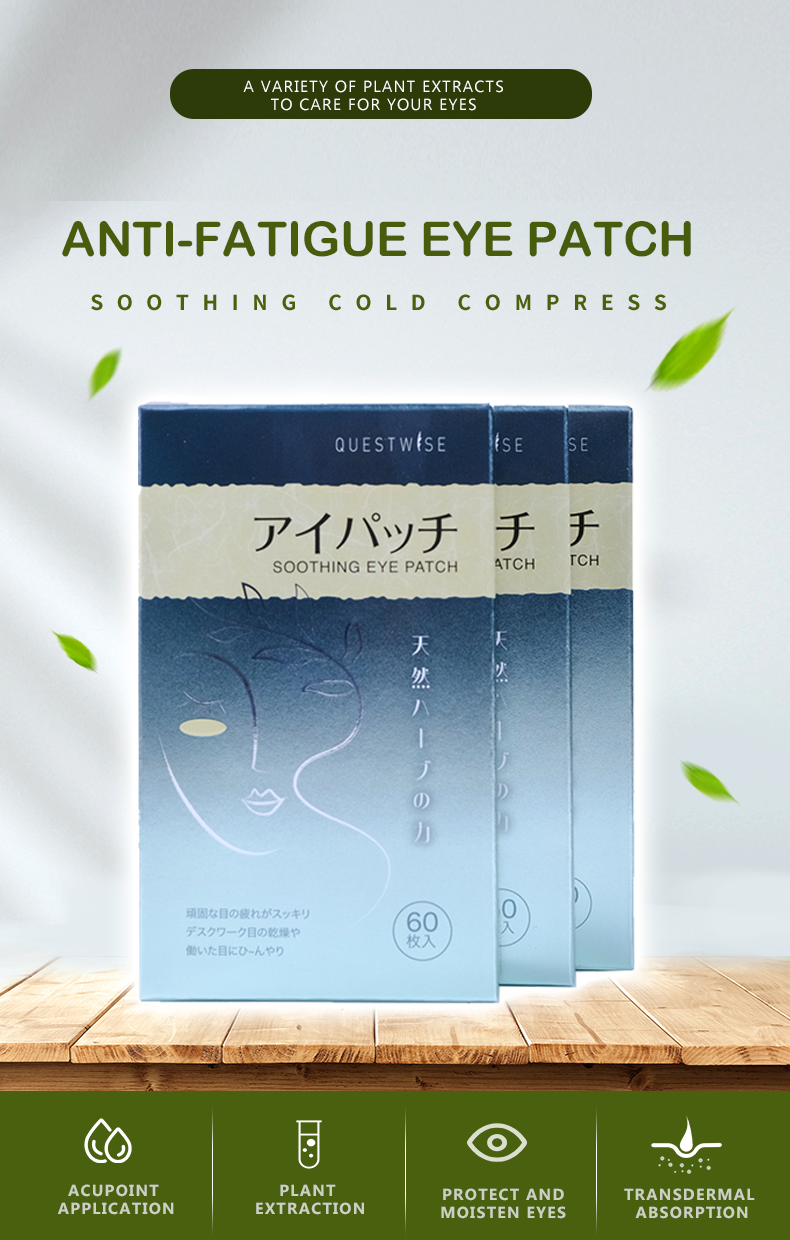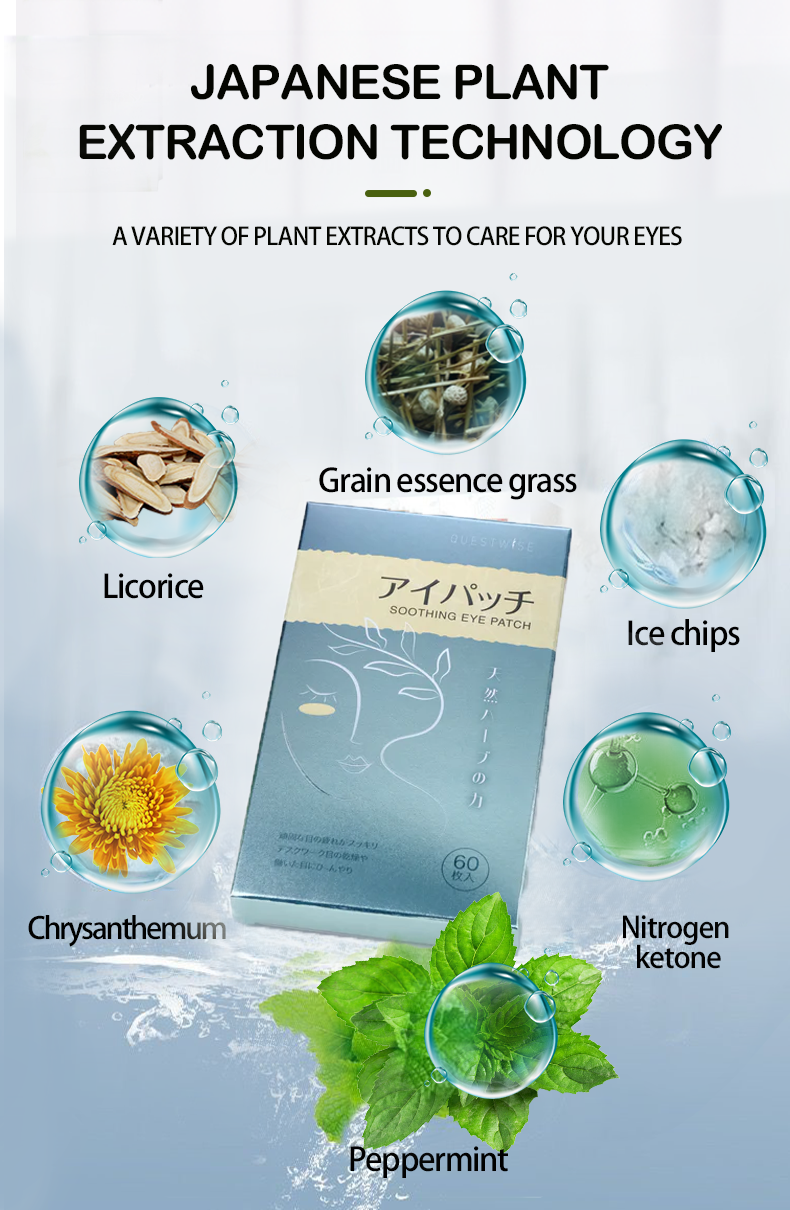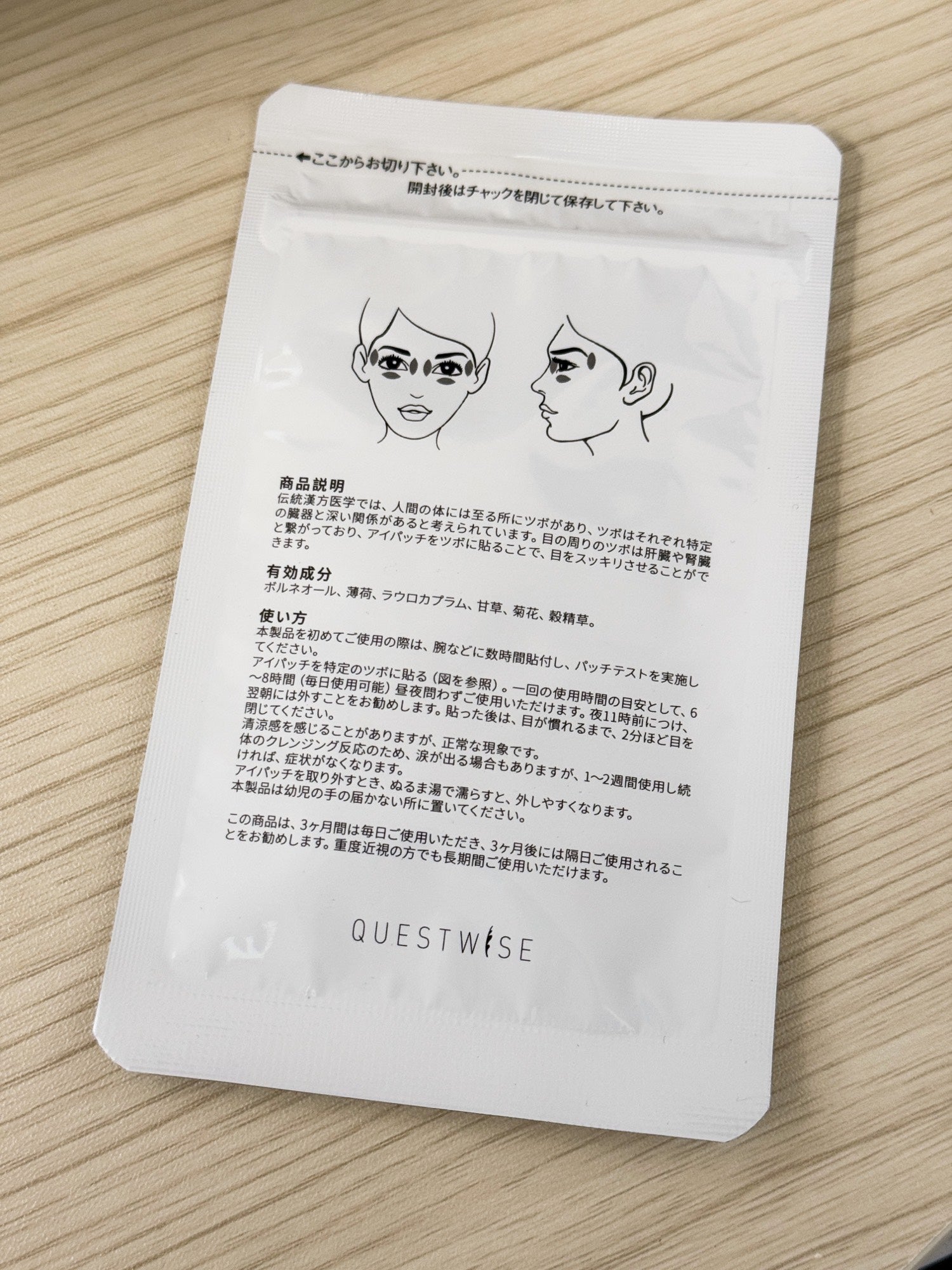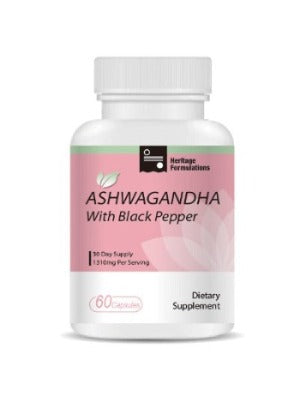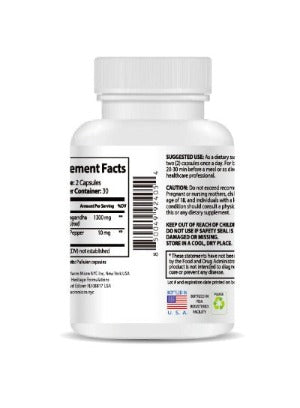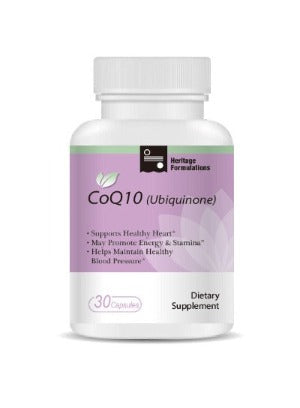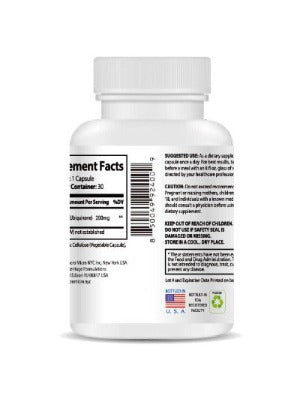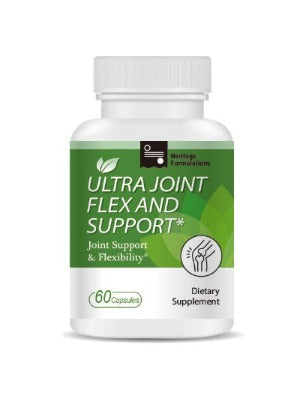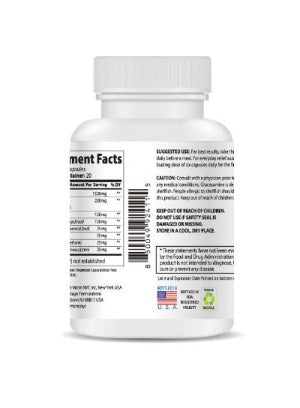For anyone dealing with the gritty, burning, and persistent discomfort of dry eyes, that small bottle of artificial tears can feel like a lifeline. A few drops provide a moment of soothing relief, clearing the blurriness and easing the irritation. But as the minutes tick by, the discomfort creeps back in, and you find yourself reaching for the bottle again. And again.
This cycle is incredibly common, but it highlights a fundamental issue: artificial tears are a temporary fix, not a solution. They are, as described by Traditional Chinese Medicine (TCM) practitioner Dr. Jesse Huang, merely a "substitute" for your body's own insufficient tear production. While they can offer surface-level relief, they do nothing to address the underlying reason
why your eyes are dry in the first place.
Furthermore, frequent reliance on these drops can introduce new problems. Many over-the-counter brands contain preservatives that, with heavy use—defined by Dr. Huang as six to eight times a day or more—can actually damage the delicate surface of your cornea over time. This can perpetuate a cycle of irritation and dependency.
What if there was a way to move beyond this temporary relief? What if you could activate your body's own innate healing mechanisms to restore moisture and comfort to your eyes? This is the promise of acupressure, a cornerstone of Traditional Chinese Medicine. In this guide, drawing on the wisdom of Dr. Huang, a third-generation TCM practitioner, we will explore how this ancient technique can empower you to find lasting relief, using nothing more than your own two hands.
The Problem with a Quick Fix: Why Artificial Tears Fall Short
Before we unlock the power of acupressure, it's important to understand why artificial tears are not a long-term strategy for eye health.
-
They Are a Bandage, Not a Cure: Artificial tears work by supplementing your tear film. They don't improve your tear glands' function or correct the internal imbalances causing the dryness. This is why the relief is so short-lived and why you can become dependent on them for basic comfort.
The Hidden Danger of Preservatives: As Dr. Huang warns, the preservatives used to give eye drops a longer shelf life can be toxic to the corneal epithelium, the outermost layer of your eye. For someone with severe Dry Eye Syndrome who needs frequent drops, this is a significant risk that can lead to more inflammation and damage. Choosing preservative-free options is a safer bet, but it still doesn't solve the core problem.
Ignoring the Root Cause: In TCM, symptoms are seen as the "branches" of a problem, while the underlying cause is the "root." Artificial tears only water the branches. TCM’s advantage is that it always seeks to nourish the root. By understanding
why your eyes are dry, we can apply treatments that foster genuine, sustainable healing.
The TCM View: Why Your Eyes Are Truly Dry
To treat the root, we must first find it. In TCM, the health of the eyes is not a localized issue but a direct reflection of the health of your entire body, particularly the Liver and Kidney organ systems.
The eyes are nourished by what TCM calls "Liver Blood" and moistened by "Kidney Yin." Think of "Yin" and "Blood" as the body’s essential nourishing, cooling, and hydrating fluids. When these substances are abundant, your eyes are bright, clear, and comfortable. However, the demands of modern life can easily deplete these precious resources, leading to a state of "Liver Yin Deficiency" or insufficient "Liver and Kidney essence and blood". This internal "dryness" is the root cause of Dry Eye Syndrome.
What depletes our Yin and Blood? Dr. Huang points to several key culprits:
-
The Natural Aging Process: Our Kidney Yin and Essence naturally decline after the age of 40.
Hormonal Fluctuations: For women, hormonal changes during menopause are a direct reflection of declining Yin and Blood.
Excessive Screen Time: The ancient TCM maxim "prolonged looking injures the blood" is truer than ever. Staring at screens for hours consumes the very Blood needed to nourish your eyes.
Lack of Restorative Sleep: Staying up late prevents Blood from returning to the Liver to be restored, leading to a chronic state of deficiency.
When you understand this, it becomes clear that a few drops of saline solution are no match for a systemic deficiency. To truly heal, we need to stimulate and nourish the body from within.
Acupressure: Your On-Demand Tool for Natural Eye Relief
Acupressure is a therapeutic technique that involves applying firm, gentle pressure to specific points on the body. These "acupoints" lie on meridians, or energy pathways, through which the body's vital energy (Qi) and Blood flow. By stimulating these points, we can relieve blockages, improve circulation, and encourage the body to heal itself. It’s a core component of TCM, just like acupuncture, and it’s something you can easily do for yourself anytime, anywhere.
For dry eyes, massaging points around the ocular region works to:
-
Improve Local Circulation: It brings a fresh flow of nourishing Blood to the eye tissues, relieving fatigue and promoting repair.
Relax Muscle Tension: It releases the deep tension in the tiny muscles around your eyes that builds up from hours of focused screen time. -
Stimulate Natural Moisture: By activating the flow of Qi and fluids, it can help encourage the body’s own moistening functions.
A Step-by-Step Guide to the 4 Most Effective Eye Acupressure Points
Dr. Huang recommends focusing on four primary points around the eyes for significant relief. Set aside just a few minutes, find a comfortable position, and follow along.
1. Jingming (睛明 | UB-1) — "Bright Eyes"
-
Location: This point is located in the small hollow right at the inner corner of your eye, just next to the bridge of your nose.
How to Press: Using your index finger or thumb, apply gentle but firm pressure to the point. You can hold the pressure or make tiny circles. Be careful not to press on the eyeball itself. Hold for 30-60 seconds while breathing deeply. This point is a master point for almost all eye conditions.
2. Zanzhu (攢竹 | UB-2) — "Gathered Bamboo"
-
Location: Find the depression located directly at the inner end of your eyebrow, right on the bone of your brow ridge.
How to Press: Use the pads of your index fingers to press firmly upwards into this notch. This point is fantastic for relieving the feeling of pressure or ache behind the eyes and in the forehead. Hold for 30-60 seconds.
3. Taiyang (太陽 | M-HN-9) — "Sun"
-
Location: This point is in the tender depression at your temples, about one finger-width from the outer corner of your eye socket.
How to Press: Use your middle fingers to apply firm pressure and make slow, deliberate circles. This is a classic point for relieving eye strain, tension headaches, and migraines that often accompany visual fatigue. Massage for 60 seconds.
4. Sibai (四白 | ST-2) — "Four Whites"
-
Location: Look straight ahead. The point is located about one finger-width directly below your pupil, in a small depression on your cheekbone.
How to Press: Using your index or middle finger, press gently but firmly into this point. It can feel a little tender. This point is excellent for relieving eye redness, pain, and facial tension. Hold for 30-60 seconds.
Create Your Healing Ritual: Try to perform this simple 3-4 minute routine twice a day—once in the morning to start your day with clear eyes, and once during a midday break from your computer.
Your Questions Answered: A Q&A for Natural Eye Care
Q1: How often and for how long should I perform this acupressure routine? A: For the best results, consistency is key. Aim to practice the routine once or twice daily. A session can be as short as 2-3 minutes. It's especially effective when used as a "micro-break" during long periods of screen use, in line with the 20-20-20 rule (every 20 minutes, look 20 feet away for 20 seconds).
Q2: Will pressing these points hurt? How much pressure should I use? A: You should apply firm, steady pressure that you can feel, but it should not be sharply painful. A "dull ache" or a feeling of pressure is a good sign that you've activated the point. Always be gentle with the delicate skin around your eyes and use the pads of your fingers, not your nails. If you feel sharp pain, ease up.
Q3: Can acupressure cure my Dry Eye Syndrome completely? A: Acupressure is an incredibly powerful tool for managing symptoms, improving circulation, and providing immediate relief. For mild cases, it can make a tremendous difference. However, for a complete and lasting cure for moderate to severe dry eye, TCM would address the "root" deficiency. This would involve a comprehensive approach combining acupressure with internal herbal medicine, dietary therapy, and lifestyle changes. As Dr. Huang notes, with a comprehensive TCM treatment plan, mild cases can see significant relief in just 2 to 4 weeks.
Q4: I have a serious eye condition like glaucoma or macular degeneration. Is it still safe for me to do acupressure around my eyes? A: This is a crucial safety consideration. If you have been diagnosed with a serious medical eye condition, you must consult with your ophthalmologist or a licensed acupuncturist before performing any self-treatment, including acupressure. While these techniques are generally safe, it's essential to get professional medical advice tailored to your specific condition.
Q5: In the video, Dr. Huang mentions an herbal eye patch. How does that work with acupressure? A: The herbal eye patch Dr. Huang discusses works on the very same principles as acupressure, but in a more passive, sustained way. The patches are infused with eye-nourishing herbs and are placed directly over these key acupoints. They provide continuous, gentle stimulation to the points while allowing the herbal ingredients to be absorbed through the skin. It’s like receiving a slow, steady acupressure treatment and an herbal compress all at once, making it a convenient way to enhance the benefits of your manual routine.


